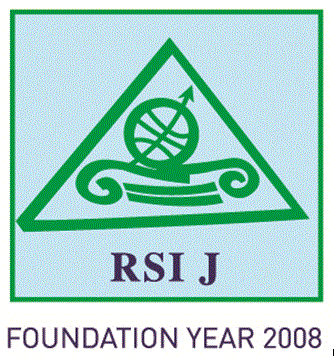Vesna JABLANOVIC
Professor of Economics, University of Belgrade, Faculty of Agriculture
vesnaj@agrif.bg.ac.rs
Abstract
The main aim of this paper is to analyze the tourism total contribution to GDP growth stability in Brunel Darussalam, Indonesia, Malaysia, Vietnam, Thailand, and Philippines in the period 2010-2019. Four members of ASEAN were excluded due to a lack of data. This paper applies the chaos theory and creates the model. Also, this paper confirms the existence of the growth stability of the tourism total contribution to GDP in the observed countries in the observed period.
Keywords: Tourism Total Contribution to GDP, ASEAN, Growth, Stability, Chaos,
JEL classification: Z3, C2, O4, E22,
pp. 103-110
